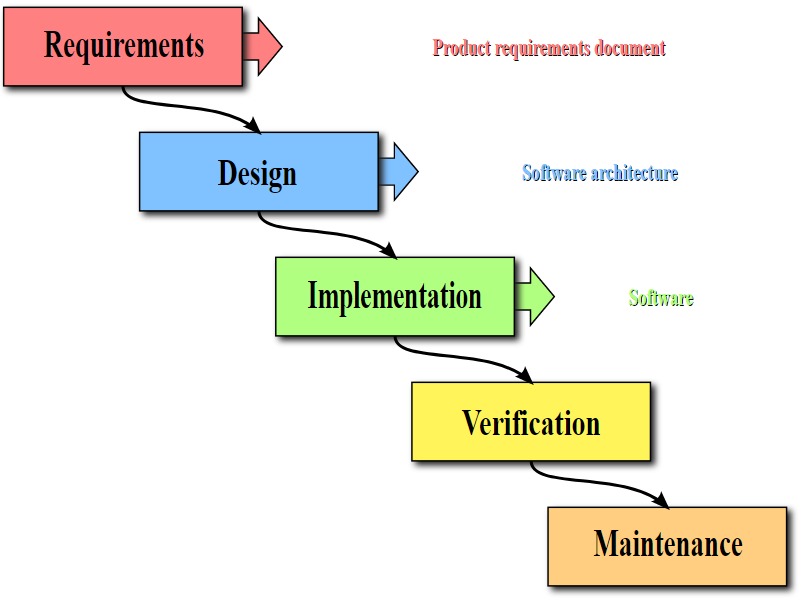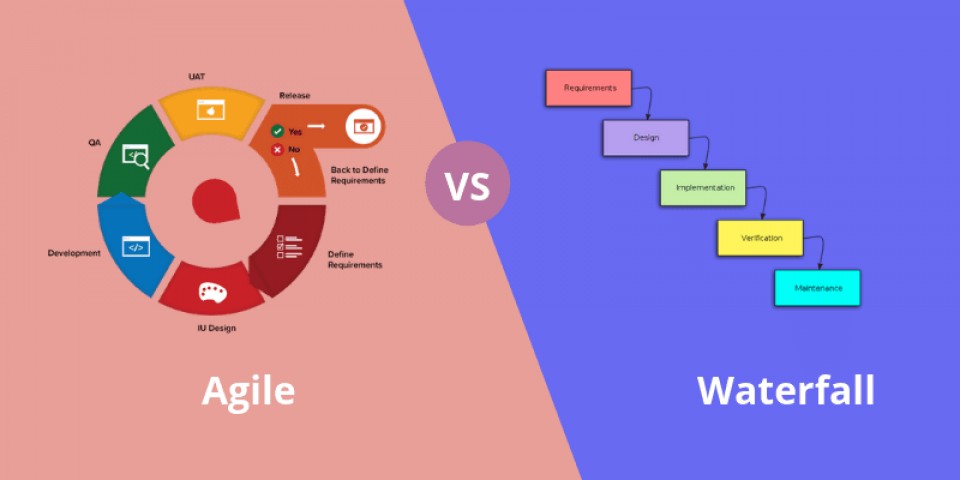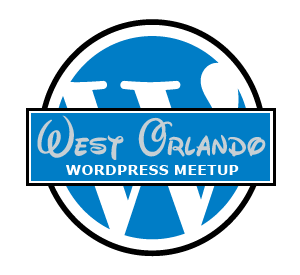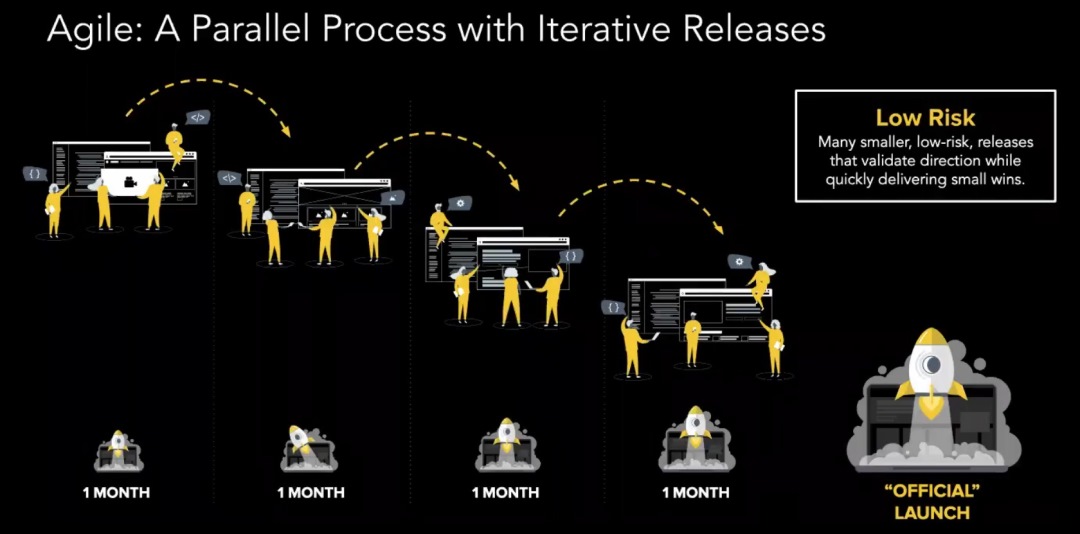Are you a website owner? Have you ever torn your hair out in frustration over a website relaunch? I think we all have at some point. There’s a lot of stuff to keep track of, and pulling it all together on the intended date and time of the relaunch can seem like a fool’s errand.
Whether a site is large or small, the process of keeping it updated and relevant can be daunting. There are so many variables to work with: design, content, plugins, themes, A/B testing, the list goes on and on.
The concept of “relaunching” a web site is a dated one. It hearkens back to what is called the “waterfall” method of software development project management. Waterfall presumes that tasks can largely only be done sequentially and with multiple dependencies needing to be cleared before a new stage can begin. Here’s what that typically looks like.

This worked fine enough in the days when computer systems were largely centralized and under a command-and-control organizational structure. Workflows could be whatever the organization wished and users could reasonably be denied access to a whole body of new features until they were fully launched.
But, web sites rarely follow such a rigid workflow. Visitor traffic is unpredictable and the site cannot very practically be turned off for most maintenance cycles, such as adding new content or reconfiguring plugins. Visitors grow impatient when a site’s features seem out of date relative to their expectations. Business cycles with websites, and the revenue they generate, are rarely amenable to waiting months for a huge drop of new features. People want new and fixed features now.
Agile approaches to software development have proven more satisfactory to both users and site owners. Rather than dumping out enormous amounts of new fixes and features every six months to a year, update cycles can happen within a week and with fewer new features at a time. In the end, the effect is the same. You can still release six months-worth of new features in those six months, but dripping them out a week at a time in a continuously-iterative cycle rather than making people wait for all of it at once.

One huge benefit of an Agile approach is that you can adapt and change as requirements change. Rather than finding out at launch that the requirements you started with had become outdated during that rigid waterfall process, you can simply fold a changed requirement into next week’s iterative launch cycle and launch it when it makes sense to do so.
Now, most hosting companies don’t care which method you use. They’re agnostic about such things. It makes sense that they wouldn’t concern themselves with your project planning because they don’t make a profit from any services that would enable you to do better project management. They’re interested in hosting your website and that’s about the extent of it, really.
At least one hosting company has a different take. And they’ve recently posted a recorded webinar that outlines how they help WordPress and Drupal CMS users implement the more Agile and iterative launch approach vs. the waterfall-based “relaunch” approach of yesterday.
The audio and presentation begins at the 6:09 mark.
Have a look and let us know what you think in the comments.

Latest posts by Rob Watson (see all)
- Rob Watson – Using AI as Your WordPress Coding Assistant - April 28, 2025
- Ron Amick – Accessibility for Mobile Devices - March 20, 2025
- Sue Polinsky – Above the Fold: Keeping Visitors on Your WordPress Website - February 20, 2025


Recent Comments